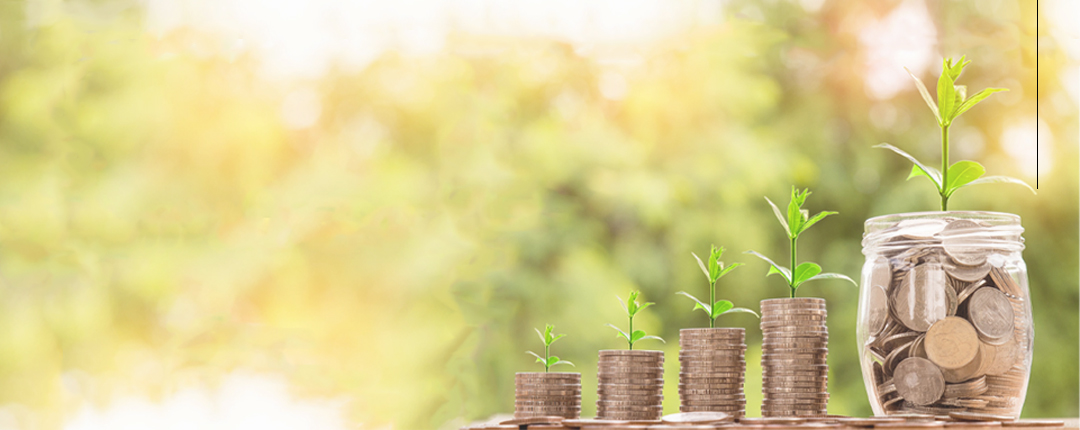The circular economy has revolutionize the life cycle of products

The reuse and recycling of materials in the furniture industry
21 de July, 2020
Changing season implies changing the wardrobe – how to organize
27 de July, 2020The circular economy has revolutionize the life cycle of products
“What is the circular economy?” is a question to be answered in this article of our blog – basically it is a model (economic/productive) reorganized and focused on the coordination of production and consumption systems in “closed circuits”. And in the furniture industry this reorganization can be impactful throughout the life cycle of the products.
The world economy has been built and based on a linear business model – extract, transform, use and reject (for later deposition) – which is at risk due to limited availability of resources, such as the particular case of wood. We think it’s even consensual that we consume more resources than the planet can produce.
On the other hand, there is also a high potential for recycling and reuse many materials, reducing waste. When more than half of global greenhouse gas emissions are related to the management of materials and resources, there are no doubts about the need to substantially improve the entire lifecycle of the products we produce.
It is necessary to think of an increasingly circular economy, with less waste production and better use of the value of the goods produced. For example, product design and engineering play a preponderant role as drivers of innovative product development based on product reuse or, in parallel, its easiest recycling. This is a silent revolution that can benefit in much of scientific knowledge, technological development and business innovation.
This concept is then strategic in the manufacturing industry – based on the reduction, reuse, recovery and recycling of materials and energy. Replacing the concept of end-of-life products of the linear economy in which we are based, by new circular streams of reuse.
A reorganized economic model can and should then be promoted by coordinating the production and consumption systems in closed circuits -a dynamic process that requires technical and economic compatibility (productive capabilities and activities).
It goes far beyond the scope and focus of waste management and recycling actions, aiming at a broader action, from the redesign of processes, products and new business models to the optimization of resource utilization (“circling” the most efficiently products, components and materials in a production process).
We believe that a new economic model operating in more closed circuits, with innovation and creativity throughout the entire value chain, can be an alternative solution to minimise the consumption of materials and energy losses in the furniture industry as is ours in www.just4home.com. We want to make the path to the paradigm shift, with a view to addressing the environmental and social problems arising from the globalization of markets and the current economic model based on a linear economy of “extraction, production and elimination”.
Our products and our production model have been adapting in this direction!
Does the circular economy in furniture make sense?
In our company and production model we think so!
We seek to have a model focused on maintaining the value of products and materials during the longest period of time possible in the economic cycle. We believe that this model will provide short-term benefits and long-term strategic opportunities against challenges such as: combating volatility in the price of our raw materials and limiting supply risks; new customer relations, reuse programs with the end customer and even new business models; improve the competitiveness of our company in the long term as well as waste reduction. The biggest bet will be in:
- Design – premise of trying to draw furniture products designed for several life cycles, economically viable and environmentally efficient; in the limit drawing or redesign more durable design products using fewer resources;
- Production – focus on the adoption of cleaner production processes, limiting the use of toxic substances in wood treatments, promoting energy and materials efficiency and identifying new uses for by-products;
- Elimination (re-introduction in the cycle) – we are dynamising networks of resumption, reuse, reproduction or recycling; focus also on “creative reuse”, reconverting, when possible, waste into new materials or products of higher added value.
To be successful in this circular economy model, we are working with principles of regeneration, optimization, renewal and reuse of resources, which work in closed systems and cycles.
It is necessary to close these cycles highlight some action points as systems centered on maintenance, repair, reconditioning and reproduction of products. It is also worth noting that the changes will not only occur by sustainability, but by creating value that is going to support the business in the circular economy, and this value is not built solely with the economic benefit within the management of the company, but with the interaction and awareness in the relationship and customer loyalty.
“That is our purpose – the perception of our concept and positioning in the purchase rational of our client.”
And for this to happen the first point to be revised is the design and development of the product, based on the principle that the whole product will be integrated into the value chain where we insert ourselves.
Product design at Ferreira & Companhia goes beyond just designing a pleasant and functional form of furniture; it covers the use of materials, ergonomics, costs, efficiency and efficacy, being essential to be designed to last and maximize the life of the product, enabling ease in assembly and disassembly, to be reused, reproduced or recycled, with the the objective of maintaining, when possible, the closed cycle.
And it is with the combination of all these factors, associated with functionality and design, that we want to ensure maximum value throughout the life cycle of the products we produce. We believe that this is the way to the furniture industry and we want to be in the front platoon regarding the competitiveness and value with differentiation.

